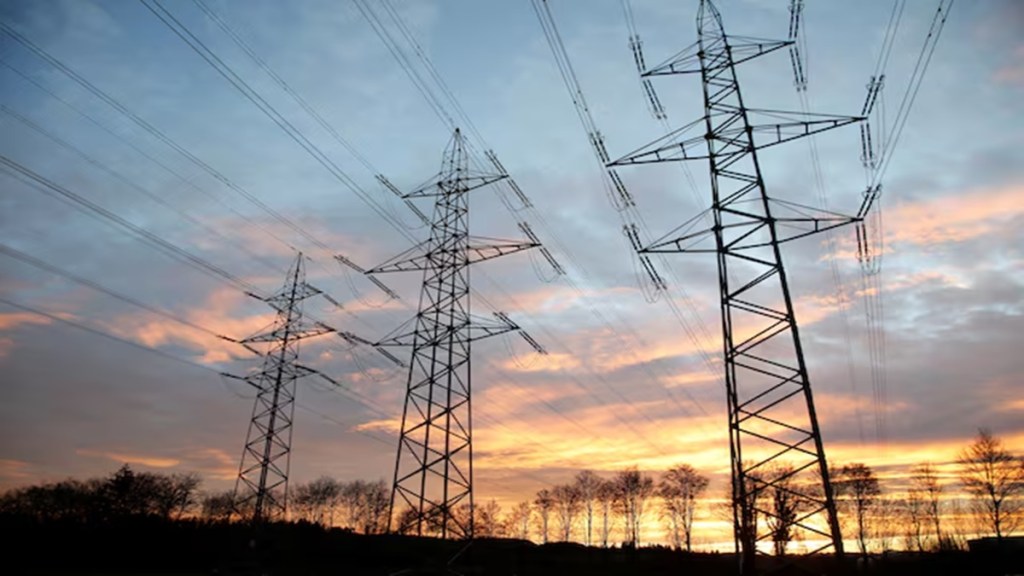Even as the Central Electricity Regulatory Commission has approved implementation of market coupling for power exchanges starting January 2026, many leading industry players have flagged execution challenges.
They have cited a lack of clarity on technology sourcing and infrastructure readiness. A functional rollout could take up to two years, they say.
“There needs to be a common technology platform, which must first be developed and then made available to all the exchanges. Besides, the necessary IT infrastructure must be in place at each exchange. There also needs to be a mechanism for inter-exchange settlement,” said an industry source who did not wish to be identified.
Market coupling involves aggregating the “buy” and “sell” bids from all exchanges to arrive at a single, uniform market clearing price (MCP). Essentially, it allows electricity traded across all exchanges to have a uniform price point at a given time.
Lack of precedent and price impact concerns
The source added that the country needs a detailed framework based on which both IT and procedural infrastructure need to be developed. Currently, the order doesn’t talk about any of this.
“Last year, in February 2024, there was an order on market coupling by CERC. In that, they said they had done some simulations and also shared the results. The outcome showed very insignificant numbers in terms of social welfare and savings. In fact, prices increased after implementing coupling. Now the latest order mentioned a 0.3% gain, which is very similar to the earlier result. It stated that there would be a negligible impact on prices. If the price impact is negligible, then what is the rationale?,” said the industry source.
The recent order issued by the regulator on market coupling says that there is a decision to go ahead with market coupling for the Day-Ahead Market. For other segments, it will be considered at a later stage. The regulator also identified in the order certain issues with other market segments, explaining why they are not being considered now.
“We strongly believe those issues are too complex to deal with at this stage. Internally, we know that at some point, there was interest in implementing it for the Real-Time Market. But since there are challenges, they decided to go for the Day-Ahead Market, which is relatively easier,” said another source.
Regulatory uncertainty clouds investment outlook
Experts argue that the power exchanges will now have to compete in other spaces and market segments while bringing more innovative products. They also said that there has been no precedent available for this kind of coupling.
”Market coupling means we are integrating new markets. Europe is a good example, where 27 countries are integrated, and they coined the term “market coupling”. Initially, they started with three countries, and then, one by one, they integrated many more. That entire arrangement is called a coupled market,” one of the sources highlighted.
The source pointed out that in India, there is just one market and all three exchanges are operating in the same market.
“We are not integrating any new geography or, for that matter, any new market. What we are doing is coupling the existing three exchanges, which already share 100% of the market. We are essentially redistributing the liquidity of one particular power exchange to the others. So, there is no precedent, no such use case from which you can take any reference. Nobody would do this. This is the first time,” said the source.
Industry players also believe that this is leading to regulatory uncertainty. They argued that the regulator issued licences to power exchanges to operate for the next 25 years clearly stating the functions of exchanges —price discovery, scheduling, clearing, settlement—etc.
“Now, you are taking away one of those functions midway. This leads to a lot of uncertainty. Tomorrow, investment will be needed in the sector. If we are talking about such large renewable energy targets—500 gigawatts or so—that will require lakhs and lakhs of crores of rupees,” the source said. The person added that if certainty is not there on what kind of returns can be generated from such investments, or if regulations change midway in a way that’s detrimental to the investment being made today, then it would create a very complex environment.
The industry fears that there is a huge risk that investment may stop coming in—particularly from institutional investors and from outside India.
